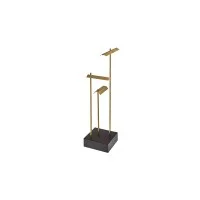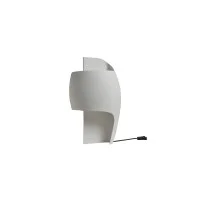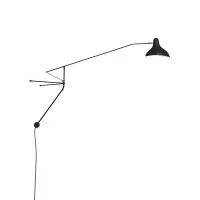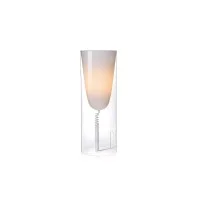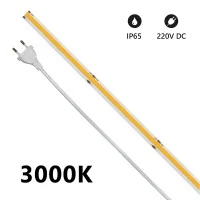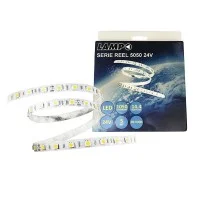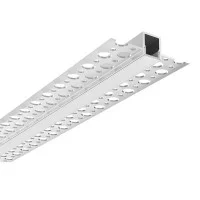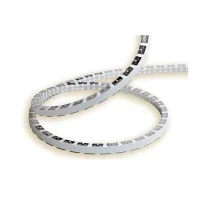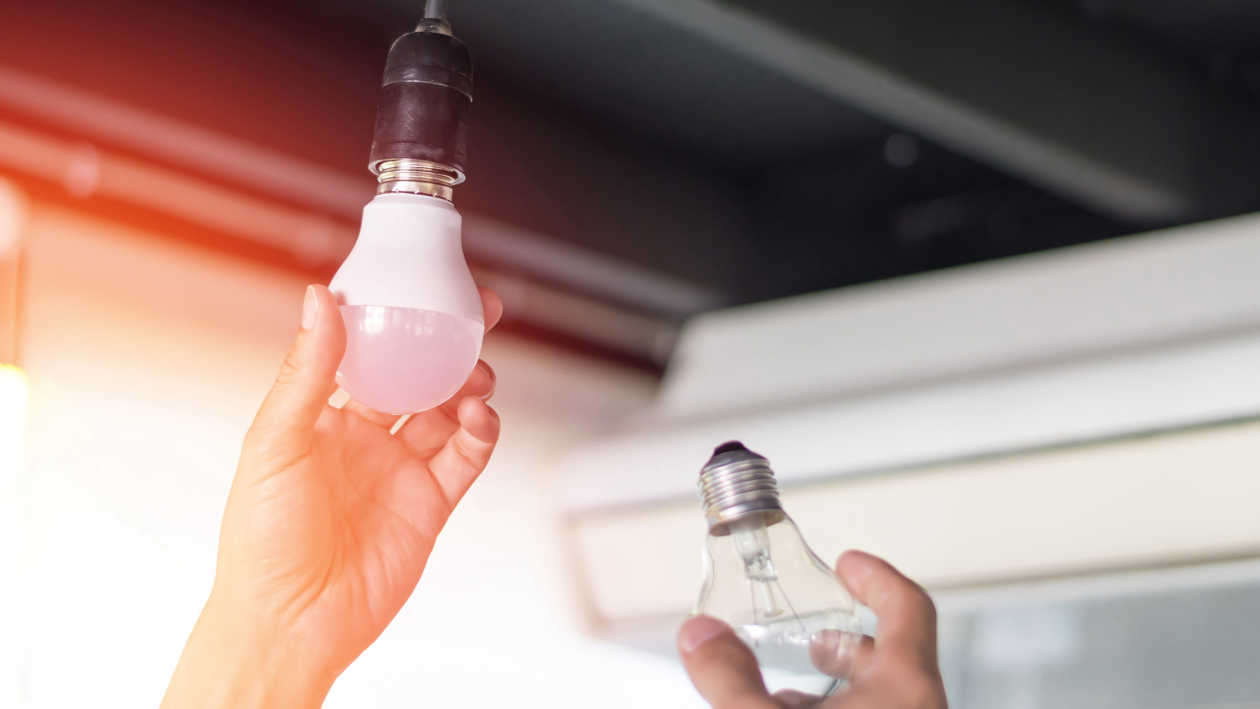How to design interior lighting
What are the main aspects to consider when choosing a new type of lighting? What is the difference between lumen and watt, how to save money and what is the right temperature to keep? If you too have these questions, read on and don't miss the article.
Lumens and Watts: what's the difference?
Lumens and watts are two important measurements in lighting, but they represent different things. Watt is a measure of the power consumed by the light bulb, while Lumen is a measure of the amount of light emitted.
In other words, the watt indicates how much electricity is used to produce light, while the lumen indicates how much is actually emitted. Thus, a 10-watt LED bulb can emit the same amount of light as a 60-watt incandescent bulb, as LED technology is more efficient at turning energy into light.
If you want to learn more about the topic, we refer you to the dedicated article on the differences between Watt and Lumen.
What are the different types of bulbs available?
There are several types of light bulbs available, including incandescent, halogen, compact fluorescent and LED bulbs. If you want to learn more about the topic, read the article on Interior lighting: which lamps to choose.
Incandescent bulbs are the most common and least expensive, but they are also the least efficient and last less than other options.
Halogen bulbs are an improved variant of incandescent bulbs, but are still relatively inefficient.
Compact fluorescent bulbs are very good and last longer, but they contain mercury and can be harmful to the environment if not disposed of correctly.
LED bulbs, on the other hand, are the most efficient, last longer and are available in a wide range of colors and styles, but have a higher initial cost which is recovered in bills and by buying fewer bulbs to replace. In fact, LED bulbs are the best long-term choice due to their energy efficiency and long life. Do you want to know how to calculate the cost of the bill and how to save money with LED lamps? Don't miss the dedicated article.
How to choose the right color temperature for my bulbs?
Color temperature is a measure of the hue of the light emitted by the light bulb, and is expressed in degrees Kelvin (K). A lower color temperature (2700-3000K) emits a warmer light, similar to natural light from the setting sun, while a higher color temperature (5000-6500K) emits a cooler light, similar to natural sunlight at noon.
The choice of color temperature therefore depends on the purpose of the lighting: for warm and welcoming home lighting, a color temperature between 2700-3000K is better, while for office and shop lighting, a higher color temperature is recommended. high.
If you want to know more, read the article: Kelvin scale and the different shades of light.
How to create the perfect lighting for my home or office?
To create the perfect lighting it is important to consider several factors, such as the function of the room, the use of lighting, the style of the furniture, the position of the windows, the power, color and direction of the light.
For example, for a bedroom lighting you might prefer a warmer and softer one, while for an office a brighter and whiter light to favor concentration. Furthermore, it is important to choose luminaires that adapt to the style of the furniture and to distribute the light sources evenly to avoid annoying shadows and reflections.
How to upgrade my existing lighting without having to replace all my fixtures?
There are several options, one of the simplest is to replace your existing bulbs with more efficient LED bulbs and with a different color tone. Additionally, you can use LED strips or LED spotlights to create lighting effects and update the look of the room.
Other options include using table or wall lamps to create additional light fixtures and using lampshades or diffusers to change the look of existing lights. Also, you might consider using a dimmer to adjust the light intensity of existing lamps, creating a more welcoming and intimate atmosphere.
In general, it's important to consider your needs and budget when looking to upgrade your existing lighting. Even small changes can make a big difference in the look and efficiency of your lighting.
In summary, lighting is an important aspect when it comes to designing your interior spaces, and your choice of bulbs, fixtures and color tones can make a big difference in the look and efficiency of your lighting.
Let's find out more on our Diffusione Luce website!
Written by Alice Pruccoli
Share this content
